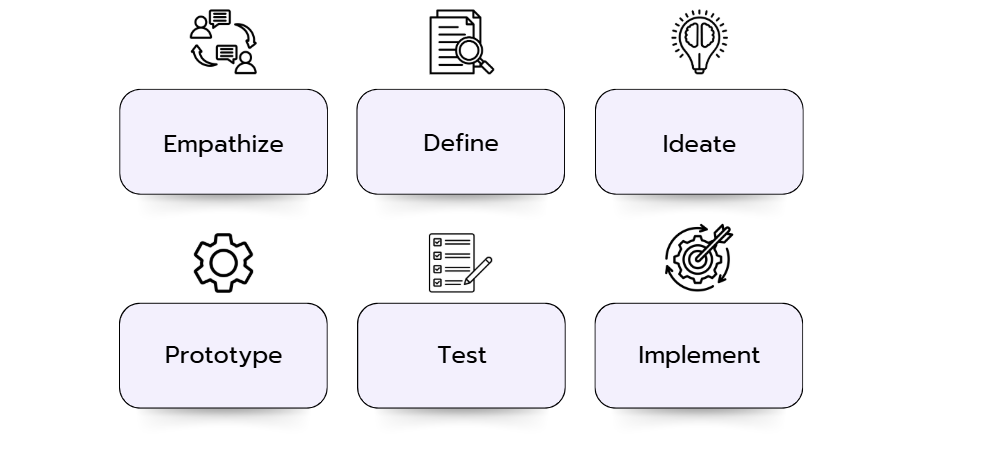Design Thinking is more than just an approach or a method – it's a non-linear, iterative process that places creativity and problem-solving at its core. To understand this mindset, let's look at the three essential elements of Design Thinking: People, Process, and Place. These elements form the foundation for applying Design Thinking in business consulting.
The Evolution of Design Thinking
Originally emerging in the creative environments of design studios, Design Thinking began to establish itself as an approach to creative problem-solving in the 1960s and 1970s. Rolf Faste, a professor at Stanford University, coined the term "Design Thinking" in the 1980s. Evolving from a purely design-focused approach, Design Thinking has become an interdisciplinary method that extends far beyond the boundaries of traditional design. Companies and organizations have recognized that this mindset is applicable not only to product development but also to complex systems, services, business models and social innovations.
The Three Elements of Design Thinking
1) People: The key roles of individuals
Design Thinking focuses on people, their needs, and perspectives. People are at the center of the development process, whether it's designing products, services, or corporate strategies.
2) Process: Six iterative steps

- Empathize:
Understand users by observing and interacting with them to grasp their thoughts and feelings. - Define:
Analyze gathered information to identify user problems and recognize opportunities for innovation. - Ideate:
Generate creative ideas, encouraging quantity over quality, to address unmet user needs. - Prototype:
Build tangible representations of selected ideas to evaluate their feasibility and impact. - Test:
Collect feedback from users to assess whether the proposed solutions meet their needs and improve their experiences. - Implement:
Execute the chosen solution, emphasizing that the success of design thinking relies on translating ideas into tangible outcomes that positively impact users' lives.
3) Place: The space for creativity
The physical and social space where Design Thinking takes place also plays a crucial role. Open and collaborative spaces encourage the exchange of ideas and facilitate effective collaboration. Special workshops or Design Thinking labs can create a space that fosters creativity and innovation.
Key Insights into Design Thinking
Design Thinking is a powerful mindset that has successfully established itself in various areas. Emphasizing People, Process, and Place allows for the development of creative solutions that not only are functional but also place the needs of people at the forefront. The iterative application of the six steps provides a structured path from defining the problem to thoughtful prototypes and ultimately to innovative solutions.

